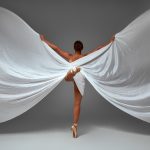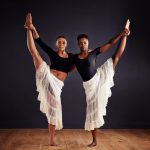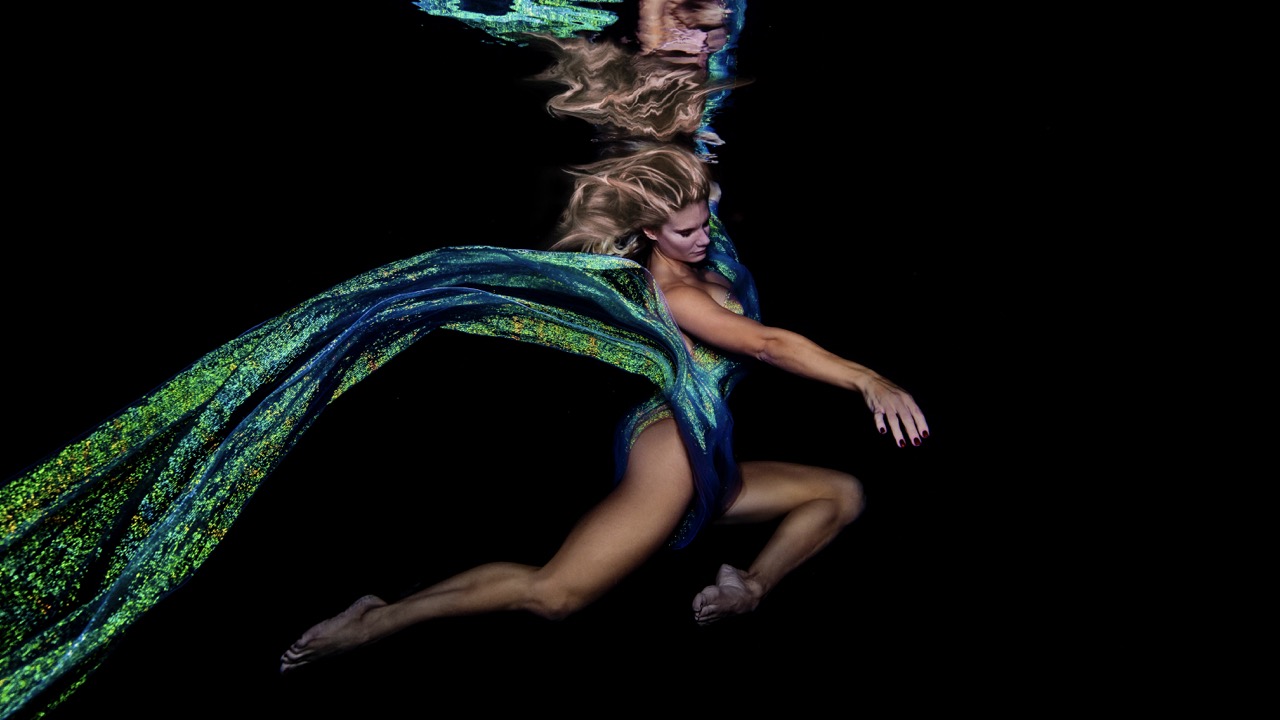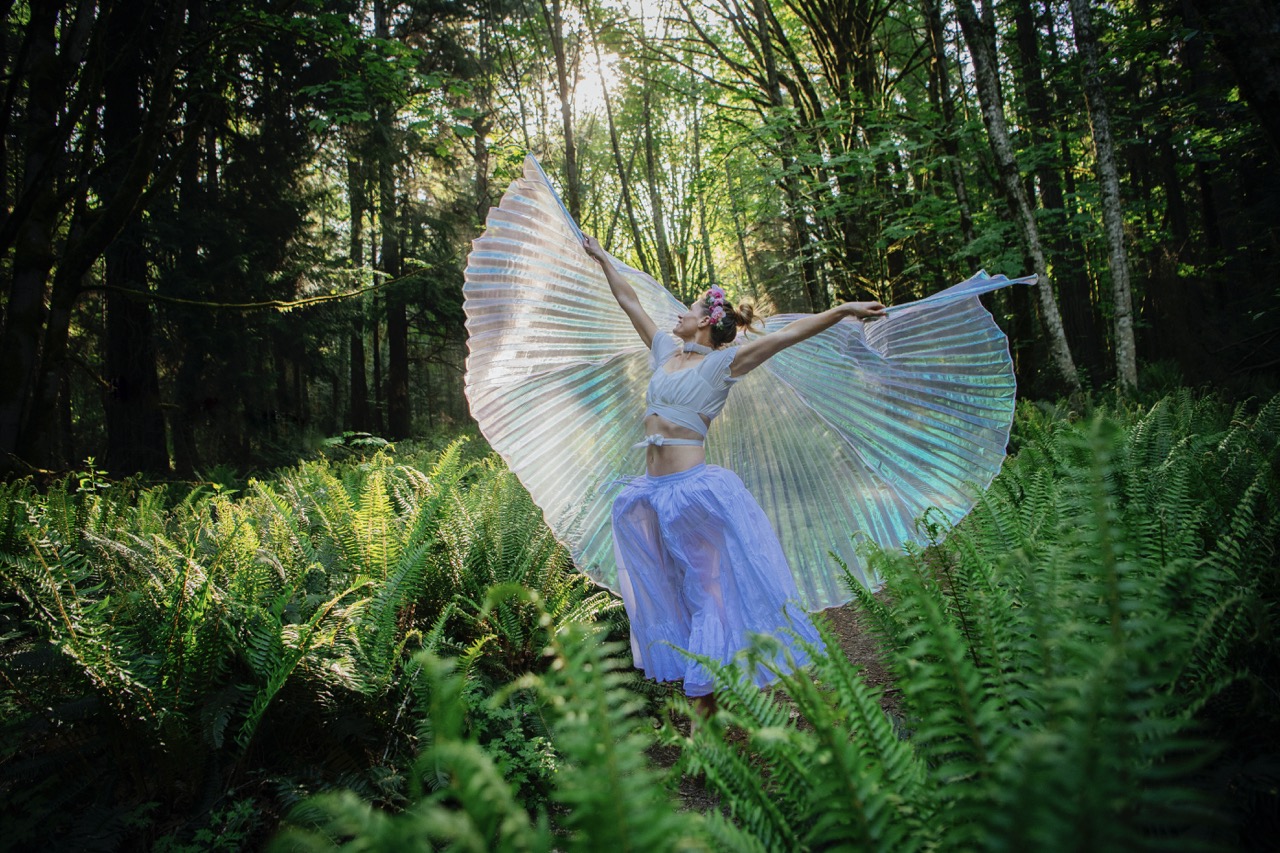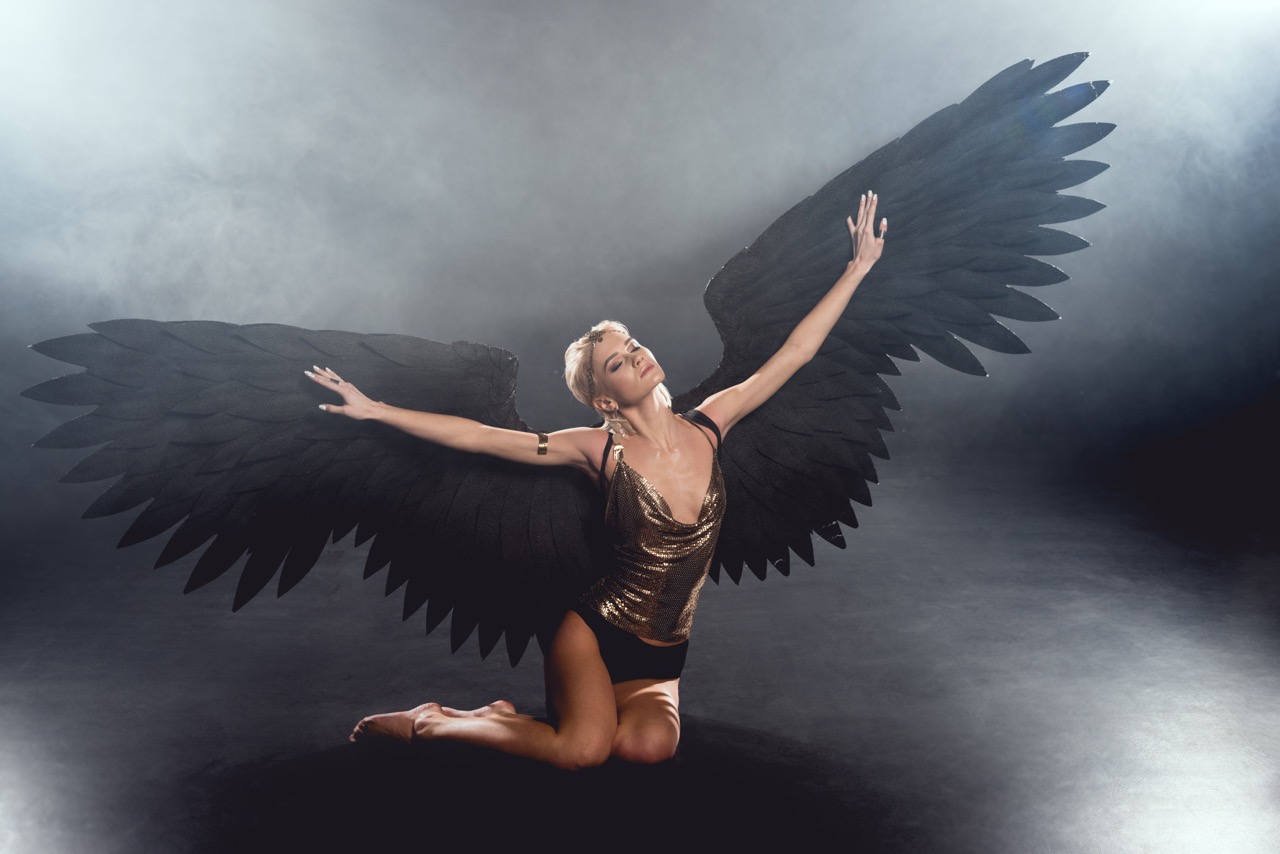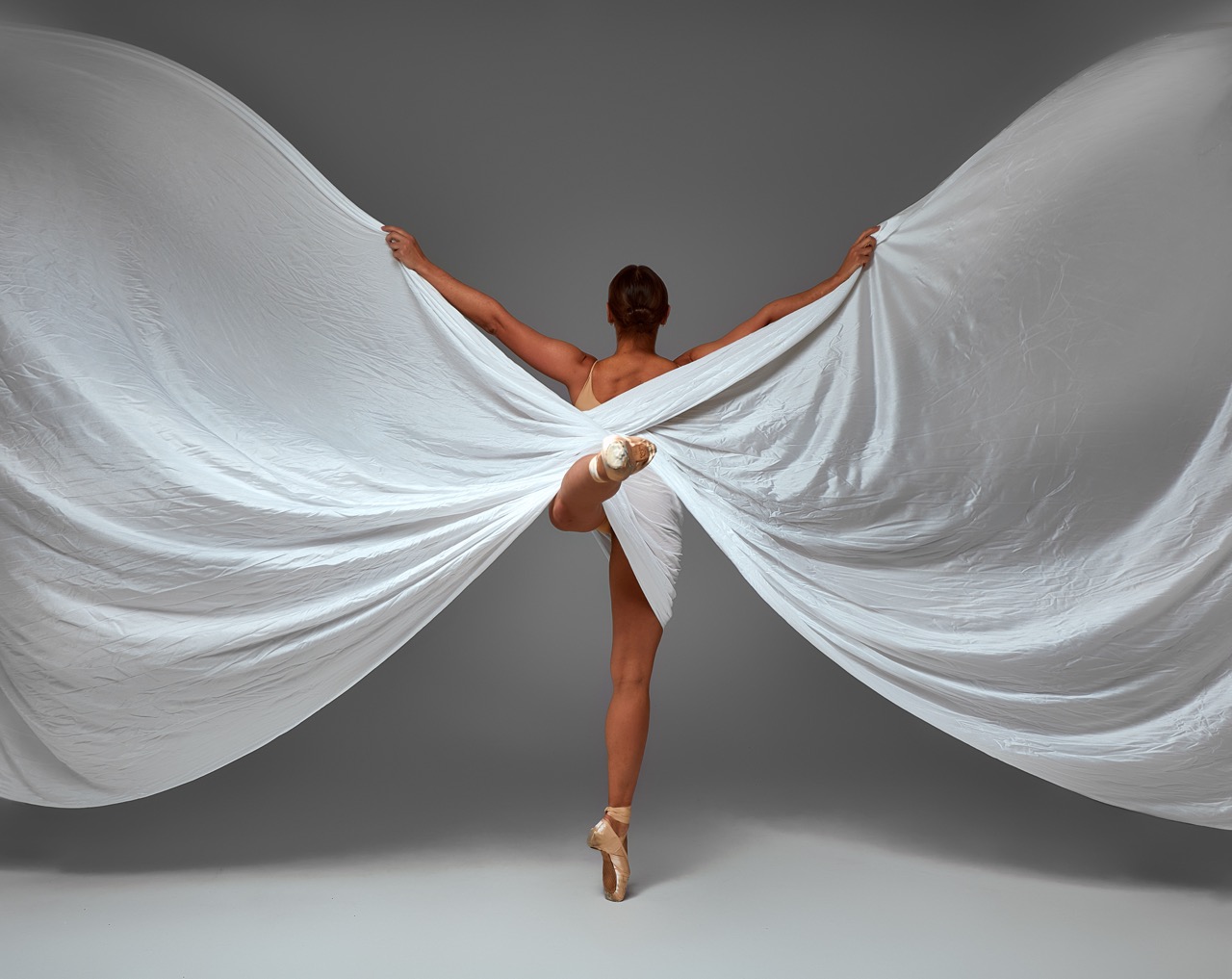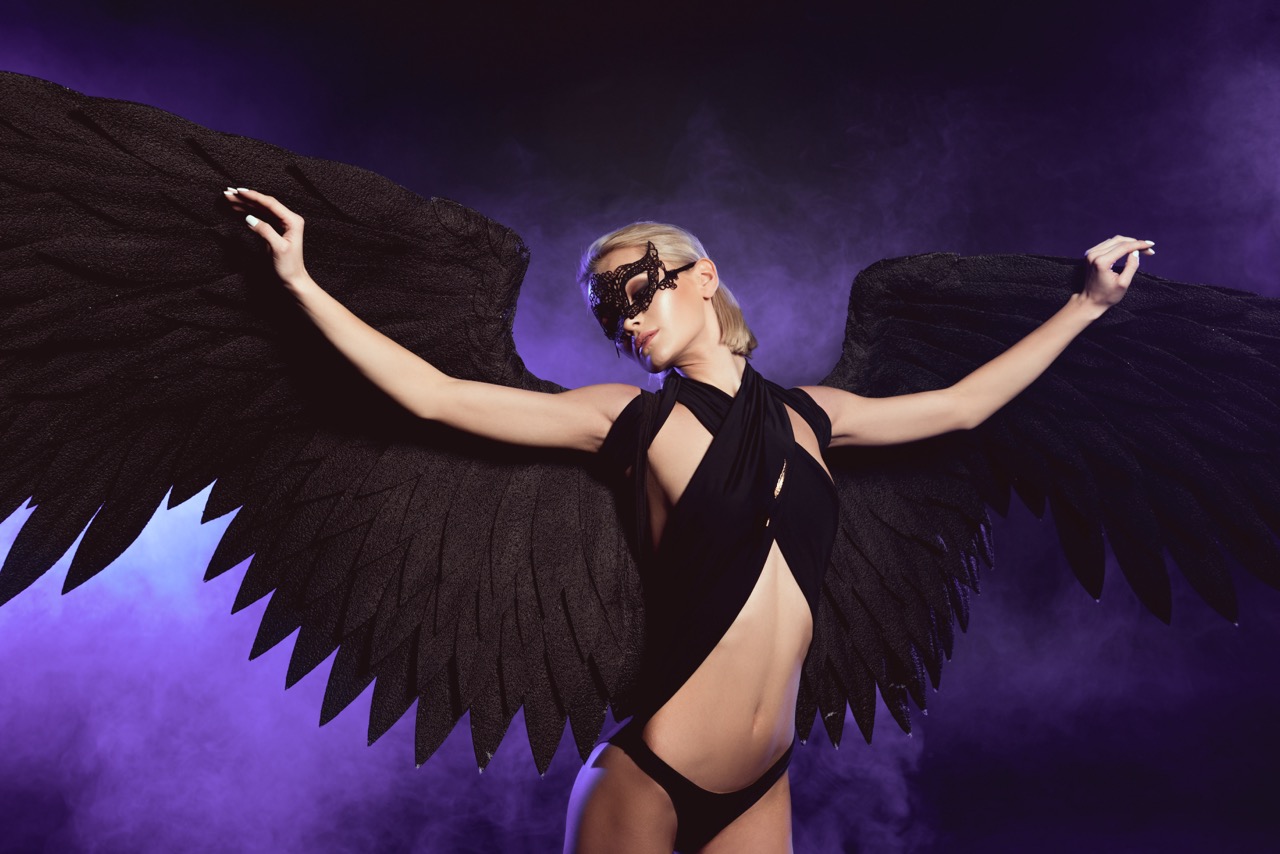The intersection of artificial intelligence (AI) with the realms of dance and fashion is forging an exciting new frontier. As technology advances, creative industries adapt, finding innovative ways to enhance artistic expression and streamline processes. In dance, AI is not merely a tool but a catalyst for new forms of artistry, while in fashion, it paves the way for smart textiles and dynamic designs. This article will explore how AI is transforming these two interconnected fields, leading to a revolutionary era of creativity and performance.
The Fusion of AI and Dance: A New Era in Creativity
The marriage of AI and dance artistry is reshaping the very foundation of performance and choreography. Choreographers turn to AI-driven algorithms to generate movement patterns and explore unconventional aesthetics that might not have been considered otherwise. By analyzing vast datasets of existing dance moves and styles, AI can identify new combinations and rhythms, offering artists fresh perspectives and inspiring innovative choreography that blends human intuition with machine-generated creativity.
Moreover, AI’s ability to process and learn from countless performances allows it to act as an invaluable collaborator. Dancers can now work alongside AI-powered tools that provide real-time feedback on their movements, helping them refine their technique and enhance their expressive capabilities. This collaboration not only accelerates the learning process but also encourages dancers to push beyond their traditional boundaries, exploring styles and techniques that may have previously felt unattainable.
Finally, the fusion of dance and AI extends into live performances. Interactive installations and performances driven by AI technology provide audiences with a dynamic viewing experience, where the choreography adapts in real time to the movements of the dancers. This not only captivates audiences but also invites them to engage with the performance in an unprecedented way, transforming dance into a multi-dimensional experience that embraces the unpredictable nature of creativity.
Smart Fabrics and Dynamic Designs: AI in Fashion Innovation
Artificial intelligence is redefining the landscape of fashion through the development of smart fabrics and dynamic designs. Designers leverage AI algorithms to create textiles that respond to environmental changes, body movements, and even emotional cues, resulting in garments that are not only visually striking but also interactive. These innovations allow for a new kind of self-expression, where clothing becomes a living, breathing extension of the wearer.
Additionally, AI plays a critical role in fashion forecasting, analyzing trends from social media, runway shows, and consumer behavior to predict what styles will resonate with audiences. This data-driven approach helps designers create collections that are not only timely but also deeply aligned with consumer desires. By synthesizing vast amounts of information, AI empowers creative professionals to make informed decisions, reducing the risk of producing designs that fail to connect with their target market.
Furthermore, AI enhances the sustainability of fashion by optimizing production processes and reducing waste. Through predictive analytics, brands can forecast demand more accurately, minimizing overproduction of clothing. Sustainable practices are increasingly vital in the industry, and AI’s ability to streamline operations while maintaining creativity promises a future where fashion can be both innovative and environmentally responsible.
Choreography Reimagined: AI’s Impact on Movement Artistry
The impact of AI on choreography is particularly profound, as it challenges traditional notions of authorship and creativity. By utilizing machine learning, choreographers can analyze patterns from a diverse range of dance styles and integrate these insights into their own work. The result is a synthesis of genres and techniques that push the boundaries of movement and redefine what is possible in dance. This collaborative process between human and machine fosters a new artistic language, allowing for the exploration of uncharted territories.
In addition to choreography, AI is revolutionizing rehearsal processes. Virtual reality (VR) and motion capture technology enable dancers to rehearse in immersive environments while receiving instant feedback on their movements. This not only accelerates the learning curve for dancers but also allows choreographers to experiment with new formations and styles without the limitations of a physical studio space. The accessibility of such technology democratizes dance, allowing aspiring artists to experiment and innovate in ways that were previously reserved for professional companies.
Moreover, AI is expanding the audience’s experience through augmented reality (AR) and interactive choreography. Performances can now incorporate elements that react to audience engagement, creating a dialogue between the performers and spectators. This level of interaction transforms the traditional viewing experience, inviting audiences to become active participants in the dance, thereby deepening their connection to the art form. As AI continues to evolve, it will undoubtedly continue to influence choreography in ways that inspire and challenge artists and audiences alike.
Future Visions: How AI Shapes Dance and Fashion Trends
As we look to the future, the role of AI in dance and fashion is poised to expand even further, creating a richer tapestry of artistic expression. The potential for AI to integrate with virtual and augmented reality technologies offers exciting possibilities for immersive performances and interactive fashion experiences. This confluence presents an opportunity for creators to reimagine how art is presented and experienced, leading to an evolution in audience engagement and participation.
Moreover, AI’s capacity for personalization could revolutionize how consumers interact with fashion. Imagine garments that adapt to individual styles, preferences, and even moods, creating a tailored experience for each wearer. This level of customization not only enhances personal expression but also promotes a deeper emotional connection between individuals and their clothing, shifting the fashion paradigm from mass production to bespoke experiences.
Lastly, as AI continues to influence trends, it challenges the industry to consider ethical implications and the impact of technology on creativity. The dialogue around the value of human artistry in a world increasingly shaped by algorithms will become more prominent, urging both designers and choreographers to define their unique voices amidst the noise of machine-generated creation. The future of dance and fashion is not just about innovation through technology; it is also an opportunity to reflect on the essence of creativity and the human experience.
The integration of artificial intelligence into dance and fashion is more than a technological advancement; it is a transformative movement that redefines creativity, collaboration, and expression. As AI continues to inspire new ideas and methodologies, dancers and designers alike are tasked with navigating this dynamic landscape. By embracing the potential of AI, we can expect to witness an exhilarating evolution in dance performance and fashion design, leading to a future where human artistry and machine intelligence coexist harmoniously, enriching our cultural fabric in previously unimaginable ways.


